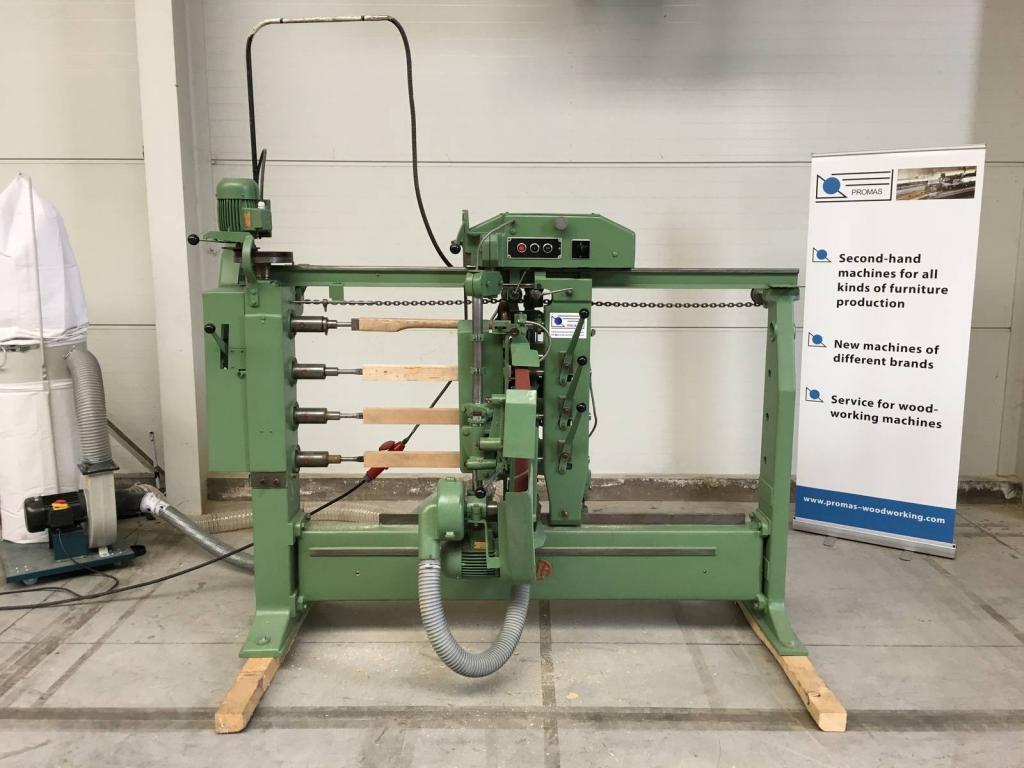A milling and copying machine is equipment that is very often used in enterprises where there is a need to manufacture large batches of an item, having its original sample. However, in some cases, this device may be useful to home masters.
What is milling?
The milling and copying machine belongs to the milling group. It can be found in almost any industrial enterprise, like any other unit in this category. All of them are used to perform any kind of machining. The application of this operation and such devices allows you to perform rough, semi-finishing and finishing machining of parts from simple and shaped blanks. It is possible to process both wood and plastic, as well as ferrous and non-ferrous metals. To date, milling and copying machines are characterized by high precision machining, good performance, as well as the ability to copy the product, even a very complex shape.
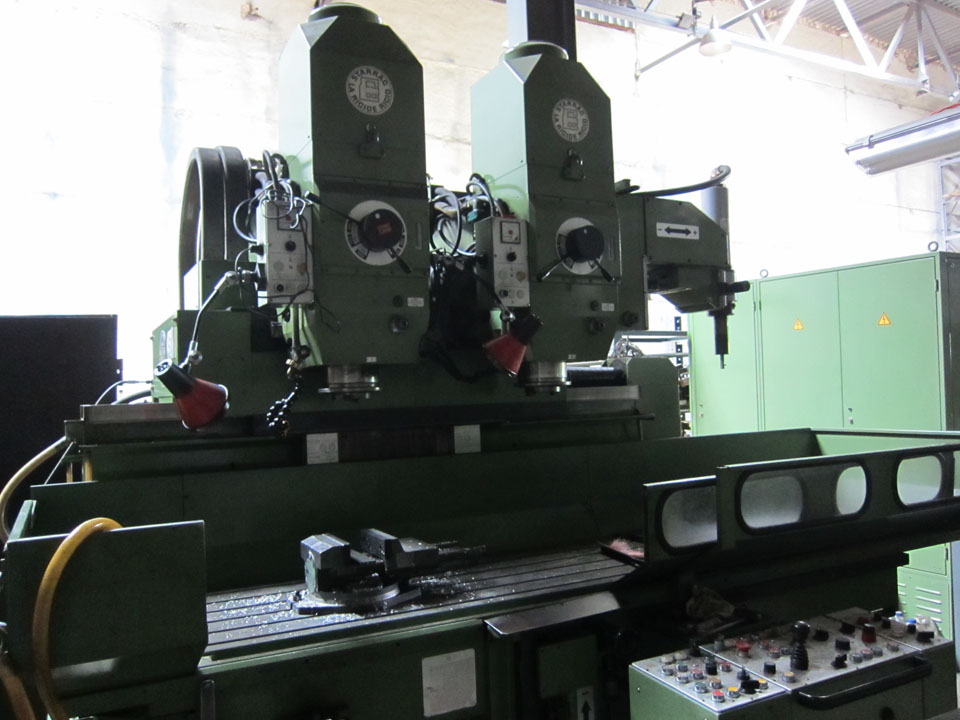
Operation types
All modern machines of this group can work in two modes. The first is counter milling, when the advancement of the working tool and the workpiece goes in different directions. The second - passing milling, when the movement of objects is carried out in the same direction with the working tool.
Today, a variety of raw materials can be used as a cutting tool material for a milling and copying device. Thanks to a wide range of choices, it became possible to process not only wooden blanks, but also products from the hardest alloys, metals, natural and artificial stone. In addition, such devices can also carry out grinding.
The equipment itself is divided into two types. These can be general purpose machines, or specialized ones. Copy milling machine belongs to the second category.
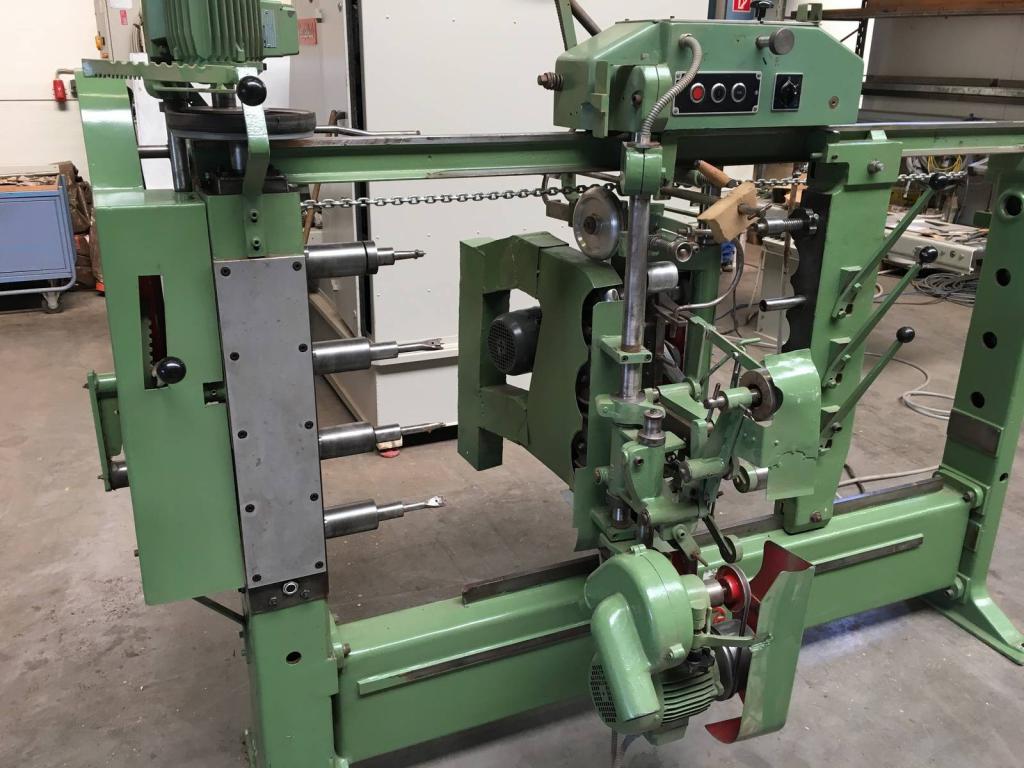
What is the unit intended for?
A machine belonging to the milling group and performing the copy function can work with both flat and three-dimensional parts. In addition to conducting the main operation, it is possible to engrave shaped products and apply inscriptions and patterns to the product.
Changing the cutting tool on a copy-milling machine allows it to be used to prepare copies of products from materials such as cast iron, various grades of steel and non-ferrous metals. This operation is successfully used, for example, for the manufacture of propellers, molds for presses, impellers for hydraulic turbines and other things.
Further, it is worth noting that this unit is capable of performing certain procedures that even a universal device of this type is practically not capable of. The principle of operation is, of course, copying. However, for success to work, a sample is required from which copies will be made.Using an ideal template in terms of geometric parameters will completely eliminate the human factor. This means that even copying the most complex patterns and shapes will be done exactly according to the original. In addition, it is also convenient that the same template can be used to organize large-scale production of such parts.
There is a certain feature that allows this unit to work with high accuracy. Using a pantograph for a copy-milling machine for woodcarving allows you to transfer the shape and dimensions of the template to the workpiece as accurately as possible. The main purpose of the pantograph is to accurately transmit data to the copy head of the unit.
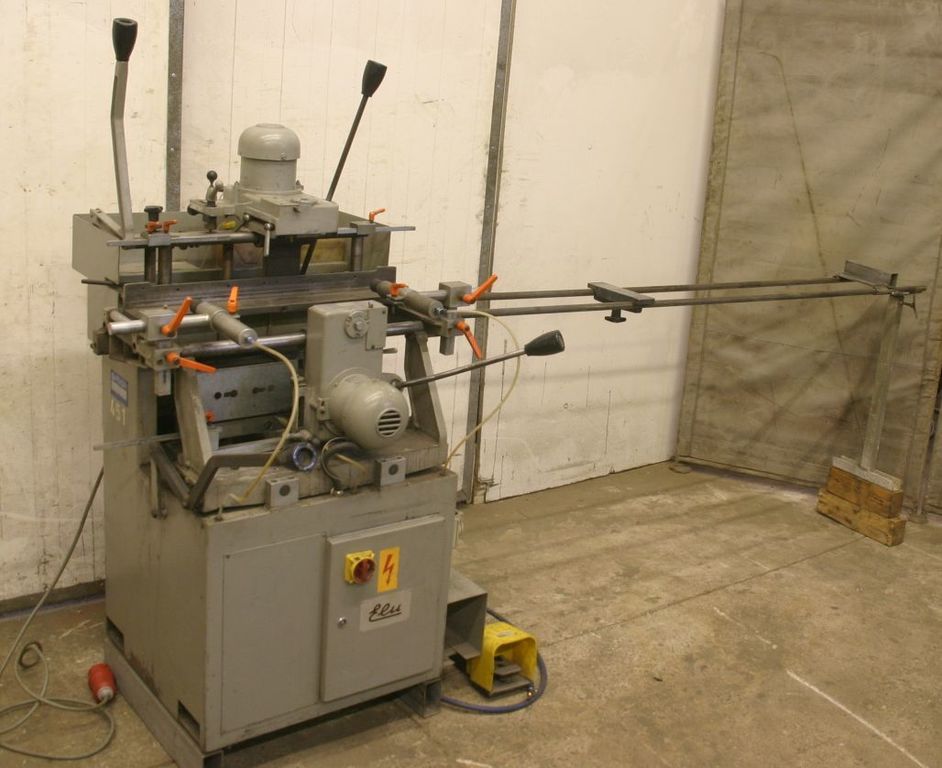
Cutting tool for the machine
As mentioned earlier, a copy milling machine for carving wood, metal and steel can be used for planar and volume milling. Engraving of profiles is referred to planar, and work with relief processing is referred to volumetric. A milling cutter is used as the main working tool, which will exactly repeat the movements of the copier, thereby processing the contour or the volume surface of the part. It is very important to note here that a mechanical, hydraulic or pneumatic coupling element is used to form a connection between the copier and the mill.
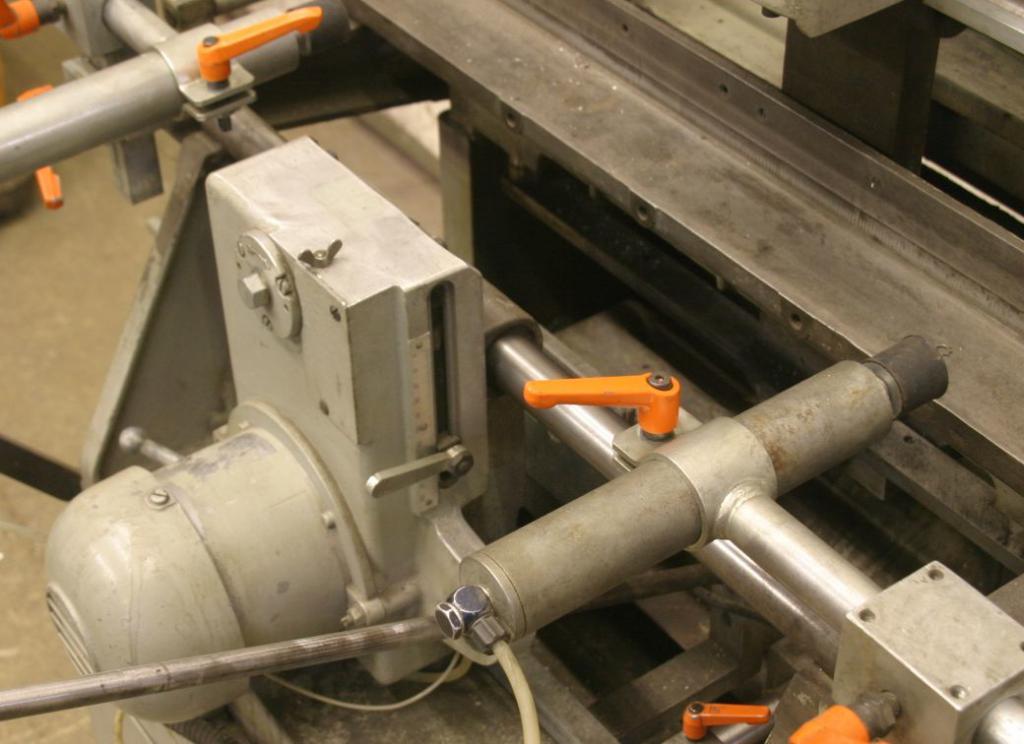
Template and overall design
As a template, a flat contour or spatial model, a reference part or a contour drawing can be used. As a tool that is capable of transmitting the shape and dimensions of the template, a copy finger or roller, a special probe, a photocell are used. It is also important to add here that the template and the workpiece should be located on a special rotating desktop.
In order to drive the cutting tool, such structural elements as a screw, valve, solenoid, electromagnetic clutch are used. In addition to these parts, a milling machine designed for copying must also have an electromagnetic, hydraulic, or electro-optical relay.
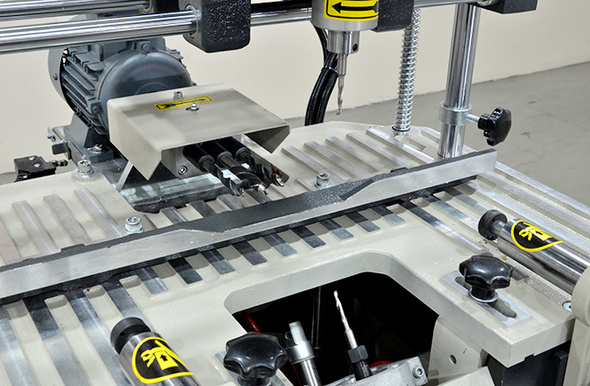
Types of drive for operation
The equipment of this equipment may differ in the drive used in its design. Depending on this, there are several types of devices, each of which can be assembled with your own hands, if you select suitable drawings.
As mentioned earlier, this can be a machine with a pantograph, which will allow you to process the part in 2-3 dimensions. It is possible to install a special rotary copier, which can only move along a vertical plane. Machines can be single-spindle or multi-spindle, and also include a round or rectangular rotary table in their design.
A separate group is considered to be those devices in which the supply is carried out by mechanical, hydraulic or pneumatic drives. Photocopying equipment is allowed.
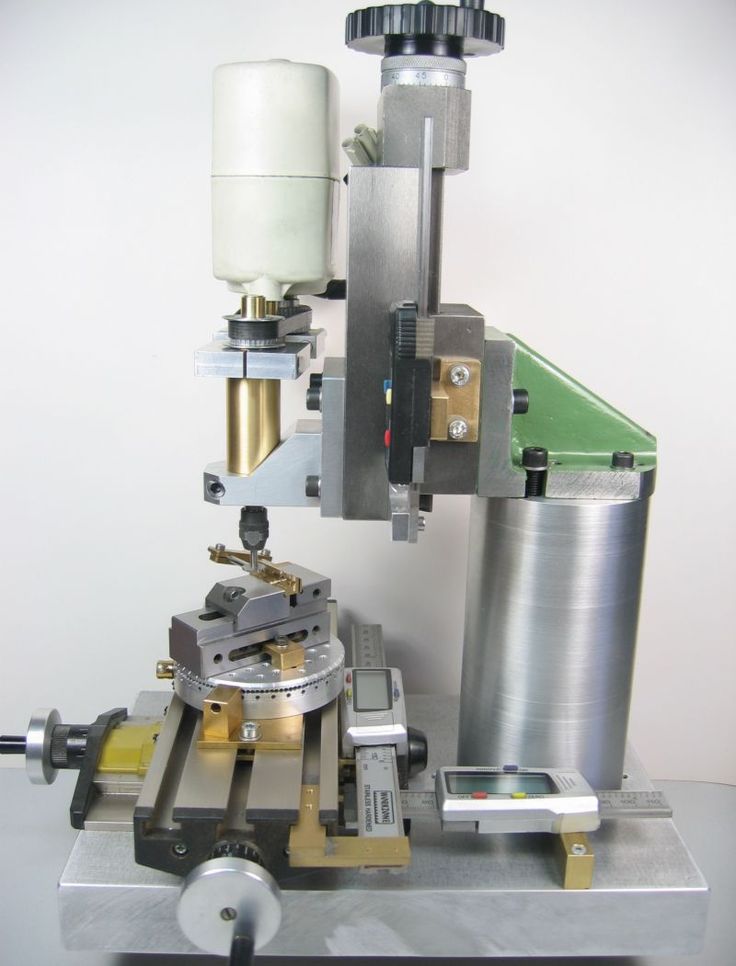
Process automation
Since the automation process is currently most relevant, it is worth saying that there are three types of copy-milling devices:
- Manual or desktop devices in which the fixation of the template is carried out mechanically, and the machine itself allows you to make holes of various shapes corresponding to the template.
- The equipment of an automatic class, which has pneumatic clamps for fixing, as well as the opportunity to work with such raw materials as aluminum.
- Automatic equipment with the same pneumatic clamps, but already complete with a three-spindle head, which will allow you to perform operations such as simultaneous drilling of triple holes, which does not allow to make any previous view.
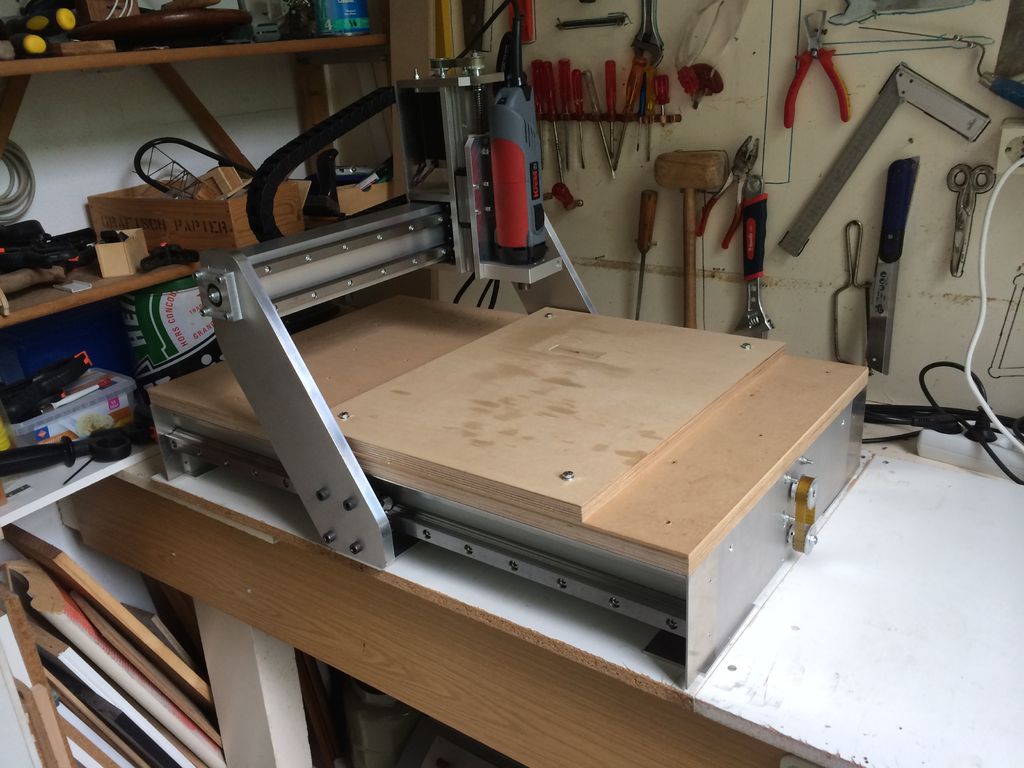
What is needed for such equipment
Before you start assembling a copy-milling machine for wood with your own hands, to develop its drawing and other things, it is necessary to solve several problems. First, you need to accurately represent what parts the machine will use to work with. Secondly, it is necessary to correctly select the number of work axes and formative movements. For example, if only contour products are processed, then only two axes are quite enough: longitudinal and transverse. If the part will have at least a small volume, then another axis will be required for operation - perpendicular.
However, there is something to add. For example, if the template has steeply falling parts, then it will be necessary that the cutting tool of the milling and copying machine can rotate, which will provide the best degree of processing. Thus, it turns out that four axes are necessary for operation.
Assembly method
It will be easiest to assemble a copy-milling machine for wood with your own hands according to the standard scheme. Most often, the design of such home-made devices includes the following main parts - a frame, a desktop and a milling head. The main drive is usually an electric motor, which can transmit movement through a two-stage mechanism, thereby transmitting two speeds. It is very important that the desktop is very precisely adjusted in height so that it is comfortable to work with.
Another very important point that concerns the assembly of a copy-milling machine for wood for a home workshop is its adjustment to work with similar blanks. This is important, because when changing the type of work, it is precisely on self-made models that a large mass of shortcomings appears, such as strong vibration, curvature of workpieces and other things. In addition, you need to remember that such a device can not be compared in power with an industrial version. And assembling a copy-milling machine for wood with your own hands with CNC is very difficult at all.
